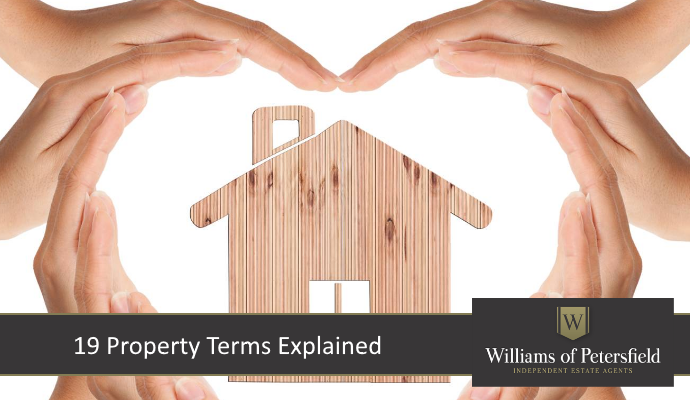
There are so many buzzwords out there when it comes to property that it’s difficult to know exactly what they all mean. I will be giving you a list of the jargon people like to use and what these terms really mean.
Assured Shorthold Tenancy:
This is a widely used rental agreement that covers 3 important factors. The tenant is an individual, the net rent does not exceed £25000 a year and the agreement covers a fixed period so both parties know when the property will be vacated.
Break Clause:
A break clause is a clause sometimes agreed by the tenant and the landlord which is inserted into a fixed term agreement, typically if the initial fixed term is for over a year in length. This will allow either the landlord or the tenant to give written notice after a certain date or period of the tenancy in order to end the tenancy earlier than the original fixed term.
Bridging Loan:
A temporary short-term loan that allows you purchase a property before you sell your current one.
Chain:
A chain is formed when several property sales are all linked and dependant on each other. A chain can be quite complicated, but a good estate agent will keep it moving.
Completion Statement:
A document that your solicitor or conveyancer will give you that provides a record of all the financial records and costs.
Contract Race:
This happens when two or more potential buyers are given a draft contract and the first one to exchange contracts buys the property.
Conveyancer:
A representative who deals with all the legal aspects of buying or selling a property. Both the buyer and the seller will each have their own conveyancer.
The Deposit Protection Service:
The DPS is the only scheme authorised by the Government and is free to use by all landlords and letting agents. A tenant’s deposit is required to be paid to the DPS for the entire duration of the tenancy. The amount is then paid back at the end of the tenancy after an agreement has been reached by both parties.
Gazumping:
Gazumping occurs after a seller has agreed a certain price with the buyer and then accepts a higher offer from another buyer. It is worth noting however, that until the contracts are exchanged, estate agents are bound by law to tell a seller about any offer they receive for a property.
Gazundering:
This is where a buyer reduces their offer just at the point of exchanging contracts.
Homebuyer Report:
This is a report that’s designed to be easily read by the buyer that informs a buyer of the physical condition of a property. Defects to the property are listed and graded for their seriousness and need for attention.
Mortgage Valuation:
Usually incorrectly referred to as a “mortgage survey”, a mortgage valuation is carried out by a surveyor on behalf of a lender to provide them with a report stating the value of the property. The purchaser usually pays the fee for this.
Negative Equity:
Where the sale value of a property is worth less than the amount outstanding on the property.
Open Market Value:
The likely sale price of a property assuming a willing seller and buyer, and a reasonable period of publicity, marketing and no special factors affecting the property.
Peppercorn Rent:
A very small sum of rent. In the past it was literally a peppercorn.
Preliminary Enquiries:
After a sale is agreed, the buyer’s conveyancer will send the seller’s conveyancer a standard list of questions regarding the property.
The Property Ombudsman:
The property Ombudsman are a free and independent service that resolve disputes between sales and letting agents which are members of The Property Ombudsman and buyers/sellers of residential property in the UK.
Tenancy Deposit Scheme:
An insurance scheme run by The Dispute Service Ltd. Used for the protection of tenancy deposits and the resolution of disputes between landlord’s agents and tenants concerning the return of deposits at the end of the tenancy.
Transfer Document:
The final legally binding document that transfers the property and all its rights to the buyer from the seller.